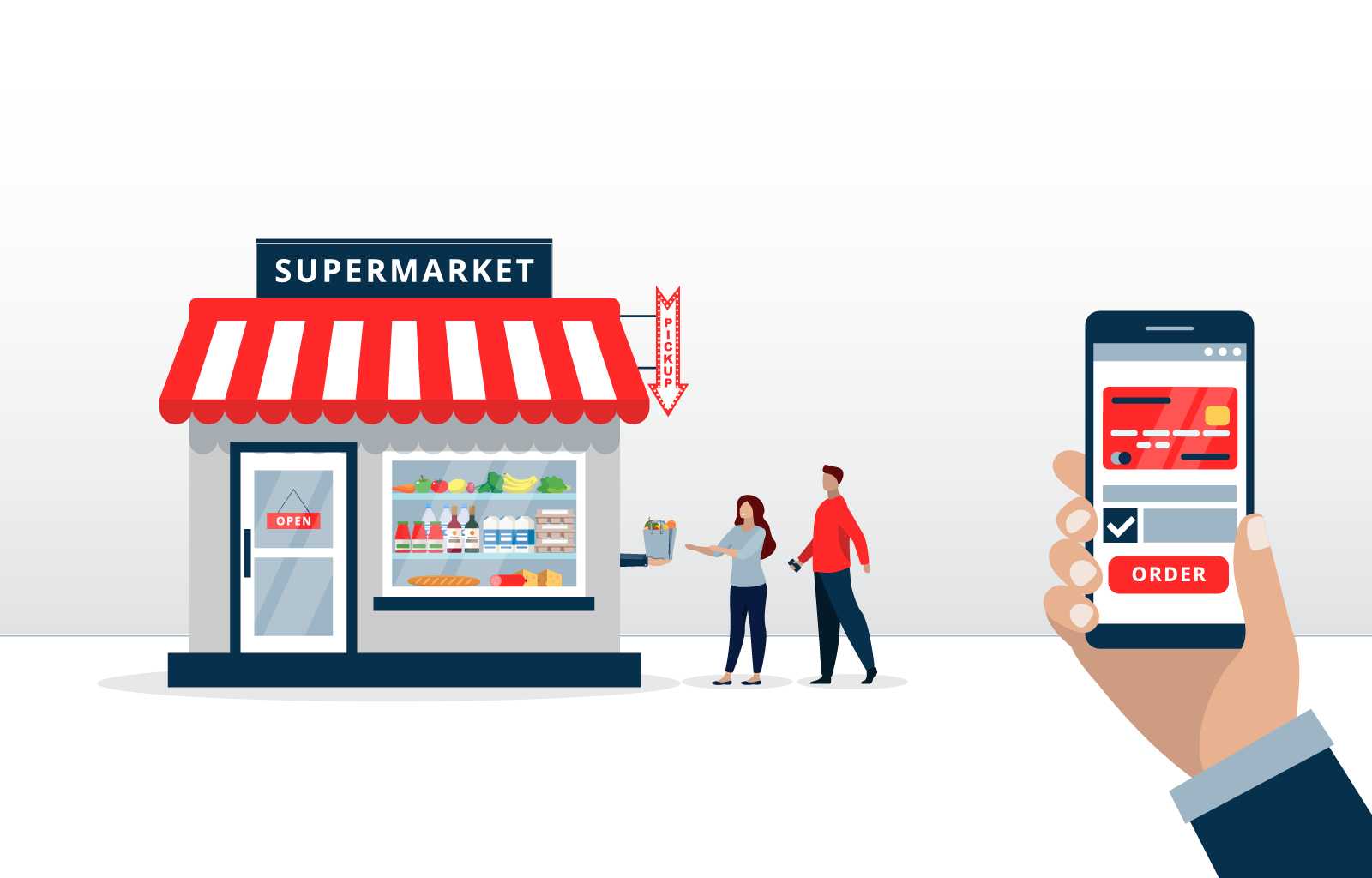It’s the end of a long day at the office, and you swing into a pharmacy on the way home to pick up toothpaste. You’re not out yet, just running low and being proactive.
You grab your favorite brand and head towards checkout. The line there stretches far back, everyone making the same “quick” post-work trip you are.
You look at your single item. Is it worth the wait?
Not today, you decide. You leave the tube behind and walk out the door, abandoning your purchase.
According to surveys, 15% of consumers would make this same in-store decision after just a 1-minute wait time in line. However, 61% agreed that a self-checkout option would keep them from abandoning these purchases.
For brick-and-mortar merchants, the need for streamlined shopper experiences goes beyond checkout lines. Thanks to digitization, consumers are accustomed to ever-increasing speed and efficiency while shopping and conducting transactions. Patience for lines, product research, and time spent in-store is dwindling.
Need proof? Just look at grocery delivery. Ninety percent of today’s e-grocery customers expect to continue buying food online when the pandemic is over. Nearly as many of these e-shoppers cite convenience (61%) as COVID-19 concerns (62%) as their reason for using the services.
For payment networks, there’s a major opportunity to support brick-and-mortar merchants as they adapt to new consumer preferences for digital shopping.
Fintech Reduces Long Lines and Time Spent In-Store
Perhaps the most prominent example of digitization changing the in-store shopping experience is Amazon Go. With an Amazon account and the company’s free mobile app, shoppers can walk into an Amazon Go or Amazon Go Grocery store, pick up whatever they need, and walk out. Their Amazon account is automatically charged for the items they leave with—no lines, no checkout.
Amazon Go works with the help of artificial intelligence (AI), computer vision, various sensors, and the company’s own fintech capabilities. And while it’s easy to feel like the tech giant created a digitally-enhanced in-store shopping experience that’s out of reach for traditional merchants, that’s not necessarily the case.
For example, in light of social distancing guidelines and the need to limit how many people are inside a store at a given time, most merchants are currently trying to create “virtual lines” for their customers. Like OpenTable restaurant waitlists, but for car dealers and department stores, too.
At Kunai, we created such a waitlist for a major automotive manufacturer and retailer, and built in ways to keep customers engaged as they wait. Once shoppers join a virtual line for their turn to enter, they are able to browse in-store items on their mobile phone while they wait outside or in their cars. If they see something they like, they are able to select products and have it waiting in store for them when they receive a notification that it’s their turn to enter. Coupled with contactless payment, customers hardly have to touch anything in the store, yet they enjoy the streamlined, wait-free experience pioneered by big tech retailers.
Where Do Payment Networks Fit In?
For merchants that can’t afford to create their own version of Amazon Go from scratch, the most obvious place to turn for in-store fintech is the financial institutions—the payment networks and processors—they’ve always relied upon to connect with consumers.
Digital wallets are one such technology that can help pave the way. Onced stored digitally, card information can be used for payments in-store, online or even from the parking lot. This supports merchants by giving consumers the tools they need to shop faster using a store’s app.
Financial service providers can also help reimagine loyalty by linking in-store rewards accounts to specific credit cards. Any time a customer makes an in-store purchase with a linked card, they can earn rewards—no phone number or loyalty card barcode required. This increases loyalty to both the merchant and the card provider.
Perhaps most promising, however, is the ability to allow any merchant to use virtual cards to create products like store credit cards the same way big retailers do. Store credit cards provide merchants with agility and valuable data. This data is used to offer discounts and programs that increase customer loyalty, but can also be used to create lines of credit that provide customers and merchants with more flexibility before, during, and after transactions.
For example, Wal-Mart, Lowe’s, and even Amazon use virtual cards provided by Synchrony Financial to create credit accounts. These credit accounts allow customers to make purchases where they effectively can buy now and pay later, use points to pay for items instead of credit, or finance purchases over time.
If a bank or financial service provider has brick-and-mortar clients looking to extend credit to their customers the same way, providing virtual card capabilities opens the door to a completely new opportunity.
The Need for Transformation is Already Here
COVID-19 didn’t create the need for in-store transformation, but it certainly accelerated it. Brick-and-mortar sellers can’t afford to ignore technology’s growing presence in their industries. Those that do risk losing customers to more convenient competitors.
As merchants navigate consumer demand for streamlined shopping experiences, their financial institutions can support them with agile digital tools. Experienced fintech solution providers can build entire digital shopping experiences from cart creation to checkout that support in-store purchases.
With the right partner, payment networks can forge a seamless connection between ecommerce and brick-and-mortar to benefit their customers. Reach out to us here at Kunai to learn how.
